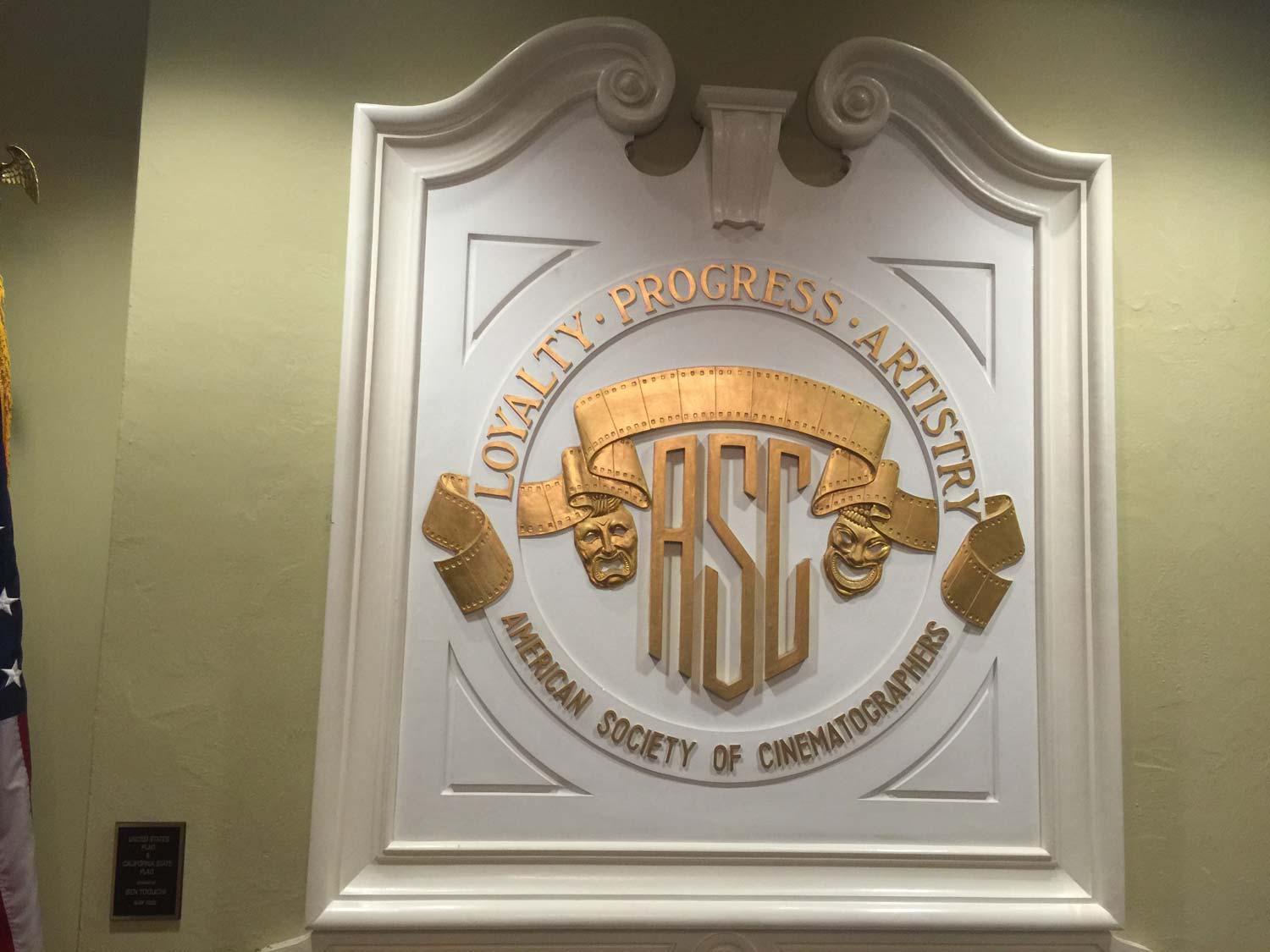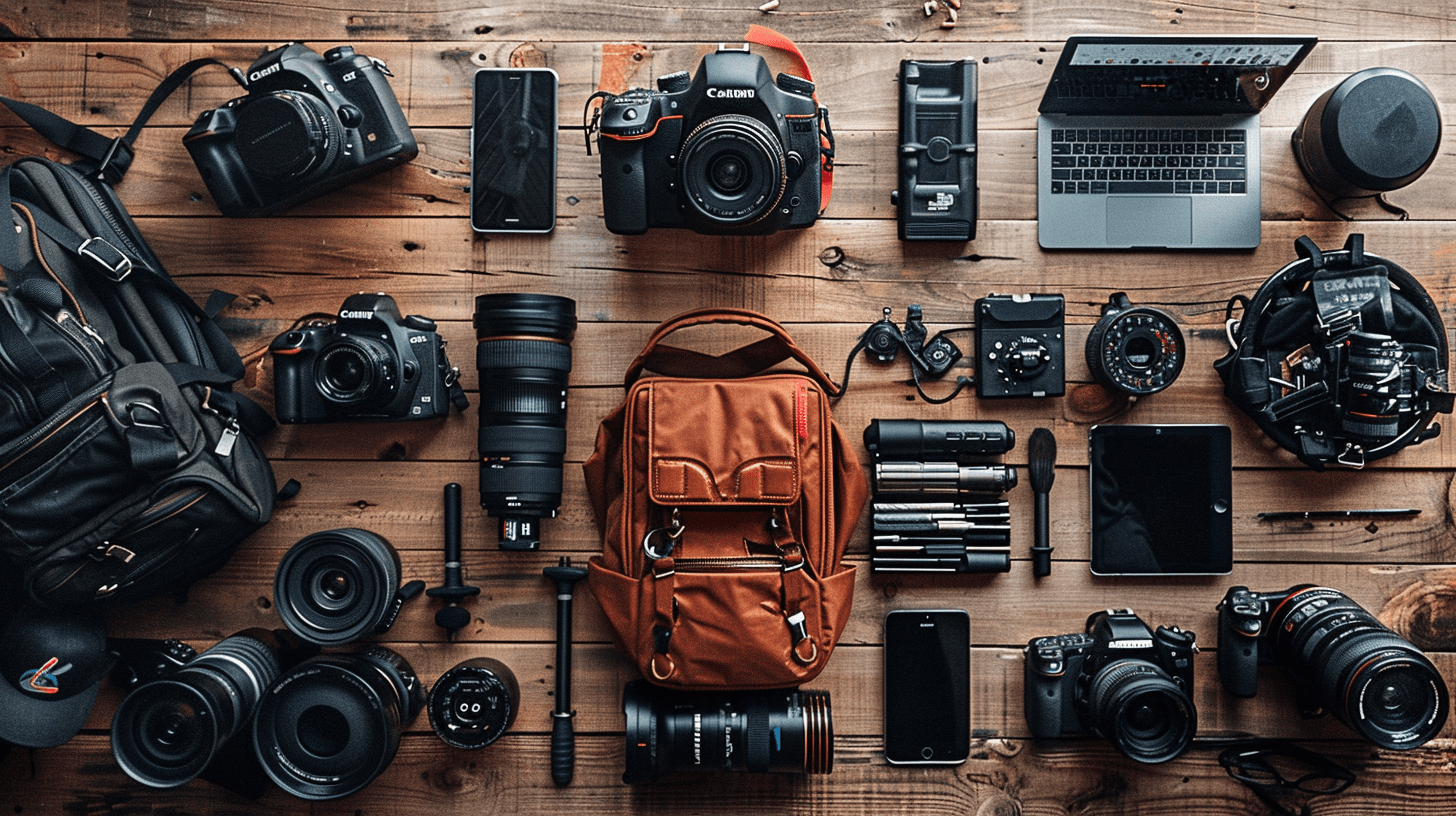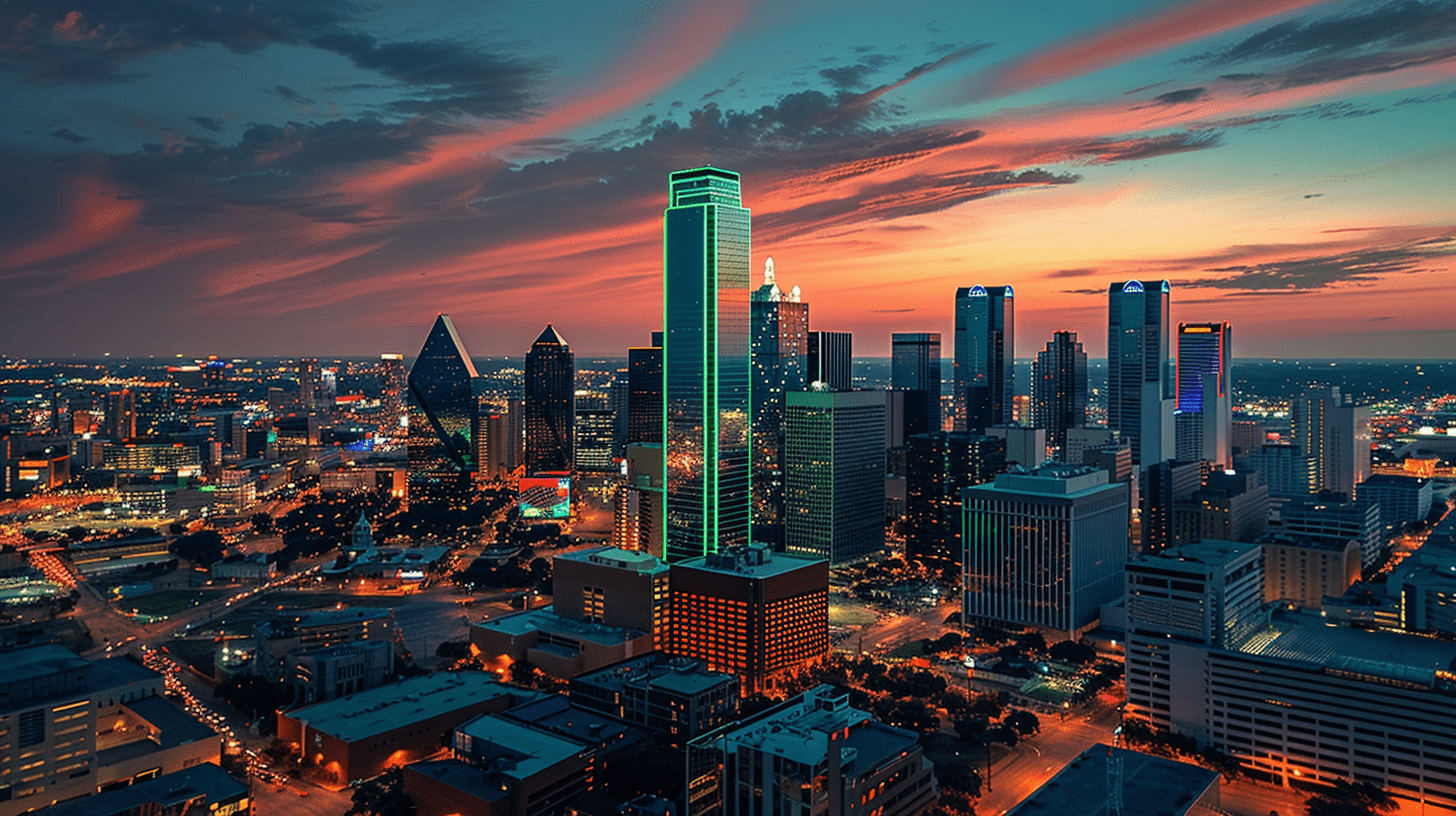ASC Masterclass – Day 3
Day 3 was long. Lots of education and lots of great insights into Master Cinematographers work. Bill Bennett ASC – Hard surface lighting Today at the American Society of Cinematographer’s...

Day 3 was long. Lots of education and lots of great insights into Master Cinematographers work.
Bill Bennett ASC – Hard surface lighting
Today at the American Society of Cinematographer’s masters class we had a lot of technical information. In fact so much that my brain kind hurts. We had 4 ASC members come and teach the class at Mole Richardson Studios in Hollywood. First we had Bill Bennett talking about automotive and product lighting. Second, we had Josh Pines, a color scientist from Technicolor come and talk about the inns and outs of coarse science. Then we heard from Jay-Z (not the rapper) from E-film talk about the DIT process and the importance of that process onset. Finishing up the day we talked about green screen and compositing techniques with Mr. Bill Taylor, VFX supervisor ASC

I found Bill Bennett’s course extremely helpful with a good mix of technical plus hands on work for lighting hard surfaces. Since I have quite a bit of experience in 3D modeling, all of the techniques made a lot of sense and are very similar. It is really the artistry involved in the process that makes him so good at it. To even make this next part actually make sense you have to check out Bill Bennett’s demo reel what you can find here. The first Audi spot is just amazing.
The Audi spot. Bill actually did this as a spec spot. He has some pretty close ties with ARRI, the camera manufacturer, and they wanted to test their new infrared monochrome sensor. So he got the camera for free for 5 days. I asked him how he funded the endeavor and it turns out he called in a lot of favors to make it happen. It must be nice to have friends like that. Russian arm owners and camera company buddies would be nice. For the IR shoot he shot the entirety of it at F 16 to 22 since ND filters on an infrared sensor don’t do anything. All of the ND filters are created to cut visible light, not Infrared. He had to stop down the lens to reduce the light off of the shiny car and get proper exposure. The slow motion shots are at 60 frames a second. I think this car Spot is one of the most beautiful I’ve ever seen. However Audi did not buy from him. But he got an awesome test of the camera, thats for sure.
There’s a company called lifepixel.com that will convert any camera you have to infrared sensor. Apparently the only difference between infrared sensor and a regular sensor is the optical low pass filter (OLPF) and the Debayer filter have been removed from the sensor, then a visible light cut filter added. Pretty neat.
The Honda spot on Mr. Bennett’s demo reel was all about being in the right place at the right time. He mentioned that shooting hard surfaces is all about the reflections in the car. This is about 50% of what you actually see. You don’t actually see the car, you just see the reflections. Makes perfect sense. So it’s very important to make sure that the reflections you see are beautiful. This was a fundamental lesson in the day moving forward. He said the best way to get beautiful hero shots is to make sure you point your camera south and you have a western facing reflection of the sunset (Golden Hour) on the right-hand three-quarter shot of the car and a nice cool reflection on the opposite side in the rear. He said the thing that really makes a car shot beautiful is a contrast. Not only in exposure but also in color. So you will notice on one side of the car there’s a warm reflection from the sunset, on the other side there’s a cooler cast from the sky. All of this contrast really helps to accentuate the curves of the automobile. He mentioned another wonderful trick about shooting panning shots of cars. He sets up a curved track that’s at the same distance from the car as the radius of the track. Putting the car on the Centerpoint of the tracks radius removes the “wooga wooga”. I don’t know what that means.
- Tech tip: The distance from the car in feet should equal the focal length of the lens in millimeters. So 85 feet away from the car you should use and 85 mm lens or something approximately close.
The Chrysler spot. Drum roll please… its 100% CG. They filmed a BMW and replaced the car’s body in post. It’s incredible, all the reflections all of the everything is fake, and it looks perfectly real. They did it because Chrysler didn’t have a working prototype of the car. Automotive manufacturers do this to make you wait until their new model comes out. Marketing.
Chrome airplane shot. In bills really shiny airplane spot, he was really just testing the dynamic range for Dolby monitors. He is a pilot. The idea was to find the brightest highlights and the darkest shadows in the same image and shoot it. He said he “went looking for trouble”. Apparently Dolby was pretty impressed. HDR monitors will soon be here.
- Tech tip: Use a shutter speed of 220 and under crank your footage to 20 frames a second. This will remove the motion blur and give you a beautiful image that looks a little more aggressive. Anything below 20 frames a second has a tendency to look fake.
The next exercise took us through actually lighting a little model Ferrari. Very cool. You can check out the pictures below to see some of the changes that a backlight makes. Bill said that the tick to the whole thing was to light a hard object by using reflections not actually the light. So you’ll see in the pictures below that there are two long white foamcore boards that are bouncing light from below onto the surface of the car. Now this process takes a whole lot of tweaking and moving so you get the lines of the car just perfect how you want them. The next step was to insert a horizon line by using a long black cloth. Or something to flag off the light and give the sense of the body having a hard lines. And finally he set the exposure for the car making sure that the f-stop was deep enough so that the entirety of the car was in focus. It wouldn’t be good to have the front half of the car and focus in the back half out. He kept on making reference to getting fired for screwing something up. In order have the whole car in focus the lens needs to be stopped way down. Of course the problem with this is now you have to add more light back in to increase the exposure to the point where it’s acceptable. There are a few ways you can do this. The best practice is to decrease the frame rate to 1.5 fps. He told us a story about a guy that came to Apple and melted an prototype iPad because he used so many hot lights on the product. He was never invited back. I guess the guy didn’t know you could undercrank the frame rate and it would work. Even better if you have a motion control rig it makes it that much easier. Bill shot the iMac at commercial for Apple. He got it right.
- Tech tip: for every division of frame rate by two parentheses 24 to 12 to 6 to 3 to 1 1/2 etc. you lose one stock of light. So instead of increasing light on set reduce the frame rate if there’s no motion in the shop.



Bill doesn’t use a light meter… and not many of the other ASC members do either. They said that they’re working with $100,000 light meters in the camera that are more accurate so why bother using one.
Bill said many automotive companies and the ad agencies they work with have a tendency to be very meticulous about the way the product looks on camera. He said most of the time creative agencies for automotive companies will take shots at every focal length from every distance imaginable and find the exact image that they want that makes the car look the best. Normally they will provide information for the specific shot they want from these studies, distance from the car, what focal length, height of the camera and what angle of incidence. Apparently they really care whether cars look like.
Technicians being technical
After lunch Joshua Pines a color scientist from Technicolor came to talk. He started off the class by saying “you don’t need to know this it’s just good to know that it’s there.” So on that note I really had a hard time staying awake and nearly fell asleep every 15 minutes. To summarize, the whole talk… your image will look different on a monitor that will look different from a movie projector. So make sure that you’re in the business of calibrating monitor to monitor. Its due to a white point and color gamut issue.
After Josh came Jay-Z from E-film. He’s a supersmart German guy. He talked to us about DIT (digital intermediary technician). He said the “intermediary” thing doesn’t happen anymore because its not being captured on film and delivered on film. Therefore “intermediary” isn’t necessary. It should probably just should be called digital technician now. Go figure.
And finally we ended up the day with Bill Taylor talking about green screen tips. This portion of the day got really technical. And it was really warm in the room because there are lots of lights.





Here are a few tips from Bill concerning green screen filming:
- Light a green screen with green light. It removes the imperfections and provides a much better silhouette.
- Expose the green to 90% IRE.
- The green screen should be the same exposure for every shot.
- Don’t expect shooting a green screen with white light to be perfect. Ever.
- Have your actor stand in a minimum of 15 feet from the background so they don’t get any spill or reflections from the background.
- The horizon line will always be at the height of the camera.
- To make someone look beautiful, use a large soft light from all angles
- Always take the BG plate first
- Never put diffusion on the lens
- Never bake in the color (color correct) before compositing
- Try lighting Composite Components Digital Green BG with UV light. It will glow
Its encouraging to know that Bill Bennett and many of the other ASC members do stuff just like the rest of us. They just have been doing it for a long time. Towards the end of the night I had the opportunity to speak to Don McQuaig ASC about his career. He is fantastic. His words were to “know your stuff, be a good businessman, and your rise and fall will all be providential.” Sounds like there isn’t a whole lot you can do to force a successful career.
This whole experience has made me realize that none of this is that far off. Just go out and do it.


